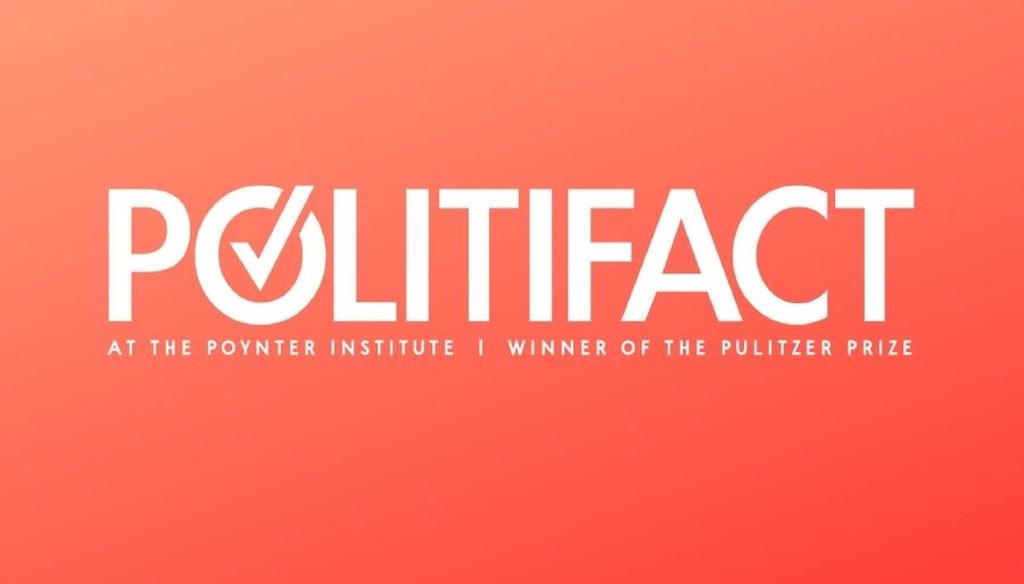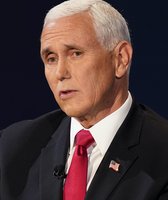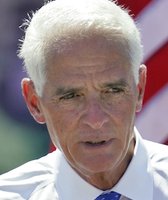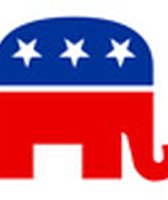Get PolitiFact in your inbox.

President Obama speaks about the need for health reform. Sen. Chris Dodd and nursing officials listen.
We've heard lots of talk about health care reform over the past few months, but this week we got the actual bill to look at. On Tuesday, Democrats in the U.S. House of Representatives introduced major legislation to overhaul the nation's health care system. The 1,000-plus-page bill, called America's Affordable Health Choices Act of 2009, includes most of President Barack Obama's key proposals on health reform.
That kicked off a flurry of activity on our Obameter. We moved 10 of the president's campaign promises from No Action to In the Works. We'll likely find a few more to move as the legislation works its way through the process.
Here's a quick rundown of 10 promises that are included in the House bill. Keep in mind there's a long way to go before we see if any or all of the bill will pass. Nevertheless, it marks significant progress on some of Obama's key promises:
No. 48: Close the "doughnut hole" in Medicare prescription drug plan
.
The hole is a coverage gap that affects some seniors who have to pay for drugs that might otherwise be covered. The bill aims to slowly eliminate the gap, beginning with a $500 reduction in 2011 and completing a phase-out by 2023.
No. 51: Require insurance companies to cover pre-existing conditions.
The House legislation states that "qualified health benefits plan may not impose any pre-existing condition exclusion."
No. 52: Create a National Health Insurance Exchange.
With this one, Obama envisioned people being able to one-stop shop for health insurance, with benefits and coverage spelled out in clear, standardized language. The House bill creates an exchange under a Health Choices Administration, with a commissioner to run it named by the president. The Health Choices commissioner "establishes a process through which to obtain bids, negotiate and enter into contracts with qualified plans, and ensure that the different levels of benefits are offered with appropriate oversight and enforcement," according to a summary of the legislation from the House Ways and Means Committee.
No. 53: Give tax credits to those who need help to pay health premiums.
The House bill includes those credits for people who make up to 400 percent of the federal poverty level (about $43,000 for an individual or $88,000 for a family of four) and buy insurance through the new national health insurance exchange. People who can buy affordable health insurance through work will not get credits, nor will people who are in the United States illegally, according to the House bill.
No. 54: Create a small business tax credit to help with health premiums.
The bill creates a tax credit equal to 50 percent of the amount paid by a small employer for employee health coverage.
No. 55: Require large employers to contribute to a national health plan.
If large employers don't offer health care, they'll have to pay a tax that's about 8 percent of their payroll. Small businesses with a payroll of less than $250,000 are exempt; the tax phases in on payrolls between $250,000 and $400,000.
No. 56: Require children to have health insurance coverage
.
The House bill establishes an individual mandate that requires all adults and their dependents to have insurance, or pay additional tax. Obama has said he will support the mandate as long as there is a hardship clause for people truly unable to afford health insurance. It's not clear yet whether a hardship clause would exempt children. (It seems likely such children could qualify for the State Children's Health Insurance Program.)
No. 57: Expand eligibility for Medicaid.
Medicaid is a public health insurance program primarily for pregnant women, children and the disabled. The House bill expands Medicaid eligibility to poor adults, which it defines as nondisabled, childless adults under age 65 with income at or below 133 percent of federal poverty level, about $14,400 per year for an individual.
No. 65: Establish an independent health institute to provide accurate and objective information.
Obama and his budget director Peter Orszag have spoken often about how they believe such research could lower costs by advising against expensive procedures that don't improve people's health. The House bill creates the Center for Comparative Effectiveness Research and pays for it through a fee on private insurance.
No. 78 Improve recruitment of public health workers.
The bill includes several programs designed to do that, with an emphasis on providing additional training and incentives for those in primary care. The bill also creates an Advisory Committee on Health Workforce Evaluation and Assessment, to assess the "adequacy and appropriateness of the health workforce," and to make recommendations to the secretary of Health and Human Services on federal workforce policy.
Our Sources
Thomas,
HR 3200
, introduced July 14, 2009
U.S. House of Representatives Energy and Commerce Committee,
House Democrats Introduce Bill to Provide Quality, Affordable Health Care for All Americans
, July 14, 2009
U.S. House of Representatives Committee on Ways and Means,
Markup of H.R. 3200, America’s Affordable Health Choices Act
, July 16, 2009





















































